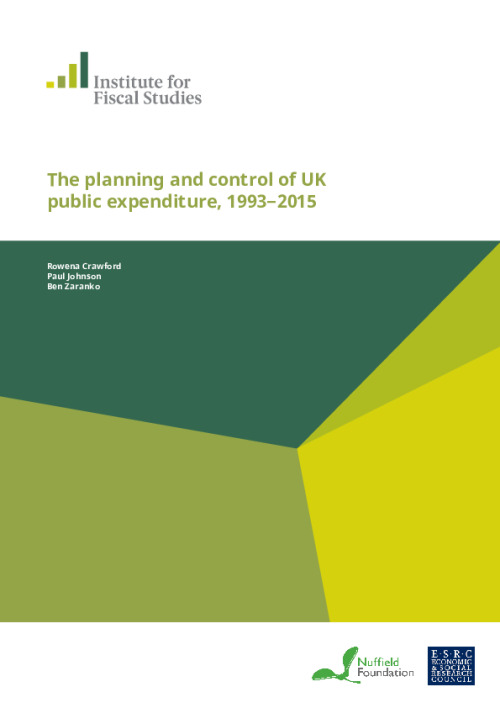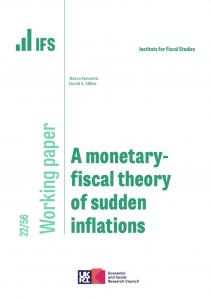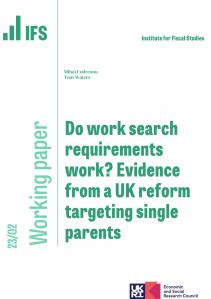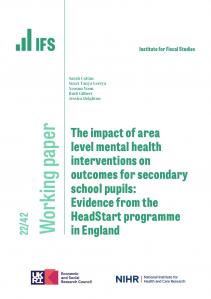The last 25 years have seen two periods of public expenditure restraint in the UK (the 1990s and the 2010s) and one period of increased spending (between 2000 and 2010). Over that whole time, the Treasury has been responsible for controlling government spending, setting fiscal rules and the overall control framework, and ensuring that other departments stay within their spending limits. In this report, we use data on spending plans and out-turns to see what they can tell us about the efficacy of spending control under different regimes.
As well as different fiscal environments, and consequently different overall fiscal rules, over the periods there have also been different measures and targets for spending. During the 1990s, the then Conservative government was aiming to reduce public spending as a fraction of national income, and was targeting for control a measure of public spending dubbed the ‘new control total’. This covered around 85% of public spending, including local authority spending and ‘non-cyclical’ social security spending, on pensions for example. It excluded the more cyclical elements of social security and debt interest payments.
The subsequent Labour government introduced new fiscal rules after 1997 which aimed to balance the current budget over the cycle – and hence treated capital and current spending quite differently – as well as aiming to keep debt below 40% of national income. It also introduced new measures of public spending, around half of which was classified as departmental expenditure limits (DELs) with the other half – including all social security, local authority self-financed expenditure and debt interest – being defined as annually managed expenditure (AME). The idea was that AME was essentially demand led and hard to control while DEL could be directly controlled.
Since 2010, the DEL/AME regime has remained in place while substantial spending cuts have been implemented. The 2010−2015 coalition government’s fiscal rules changed over time, but maintained a differentiation between current and capital spending. However, since taking over in 2015, at the very end of our period of interest, the Conservative government has been targeting overall budget balance and has not made any distinction between current and capital spending.
Over these different periods with different contexts, rules and measurements, the raw data suggest that spending control has been pretty good – in the sense that plans and out-turns have not tended to diverge dramatically. Plans are updated, and so while spending may turn out greater than originally planned, there are few examples of spending turning out much greater than the final planned amount. Indeed, during the periods of retrenchment, overall spending consistently turned out lower than planned. That is not to say, however, that control has been effective on broader definitions when one considers longer-term horizons, sustainability of spending cuts or efficiency with which spending increases were allocated. There have also been some significant failings in control and some clear lessons from the different regimes.











